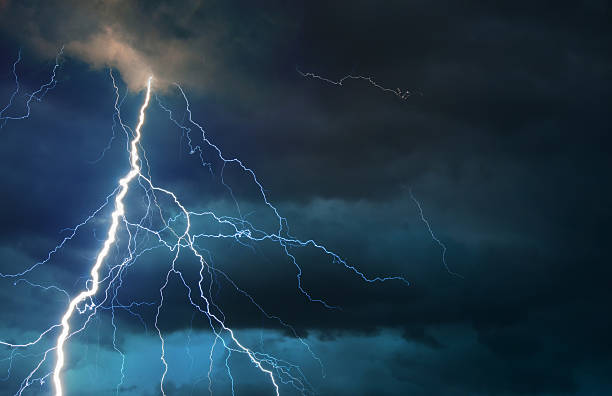WESTERN NEW YORK – The National Weather Service, in conjunction with the New York State Office of Emergency Management, wrapped up Severe Weather Awareness Week Saturday.
Severe Weather Awareness Week is a national initiative intended to inform the public of the potential danger that comes with severe weather and how to prepare to keep yourself and your family safe. To reduce your chances of being killed or injured by severe weather, it is important to understand the meaning of severe weather watches and warnings.
By definition, the NWS defines a “severe thunderstorm” as a storm that is producing wind gusts of 58 MPH or greater, quarter-sized hail (one inch in diameter) or larger or a tornado.
A Watch means that atmospheric conditions are favorable to allow the development of hazardous weather in and close to the Watch area. Residents should review their severe weather safety plan during the Watch period and be prepared to take shelter. Severe Thunderstorm and Tornado Watches are issued based on a conference call between local NWS offices and the NOAA Storm Prediction Center and can be in effect upwards of three to six hours.
A Warning means that hazardous weather is either occurring or is imminent. Residents should place their severe weather plan into effect and take shelter immediately. Severe Thunderstorm and Tornado Warnings are issued by local NWS offices on a polygonal-basis can be in effect upwards of 30 to 60 minutes.
When a Severe Thunderstorm Warning is issued for your area, consider these safety tips:
- Get indoors
- Go to the lowest level of a sturdy structure
- Stay away from windows
- Avoid using corded telephones and other electronics
- If you are in a vehicle, roll up your windows and do not touch anything metal
When a Tornado Warning is issued, you must follow these guidelines:
- Go to small interior room on the lowest floor of a sturdy structure
- Stay away from windows
- If outdoors or inside of a vehicle, you must find shelter in a sturdy structure
- Do not seek shelter under bridges and overpasses
- If inside of a mobile home or trailer, you must exit and take shelter inside of a site-built structure
- If you are caught outside with no shelter available, get into a ditch or depression and cover your head with your hands
To stay safe during flash flooding, acknowledge these tips:
- Move to higher ground
- Do not drive through flooded roadways
- Know evacuation routes in case you must leave the area
As apart of your severe weather safety plan, every home should have a readiness kit full of items. These items include:
- A NOAA Weather Radio for forecasts and warning information
- Helmets to protect your head from flying debris
- Whistles or air horns in case you you become injured and cannot vocalize your need for help
- Hard-sole shoes for walking through a debris path
- Flashlights
- Spare batteries
- Non-perishable food items and water
- First Aid kit
Staying prepared is being weather aware!
WNYNewsNow is a proud Ambassador for the NOAA Weather-Ready Nation program.







Leave a Reply